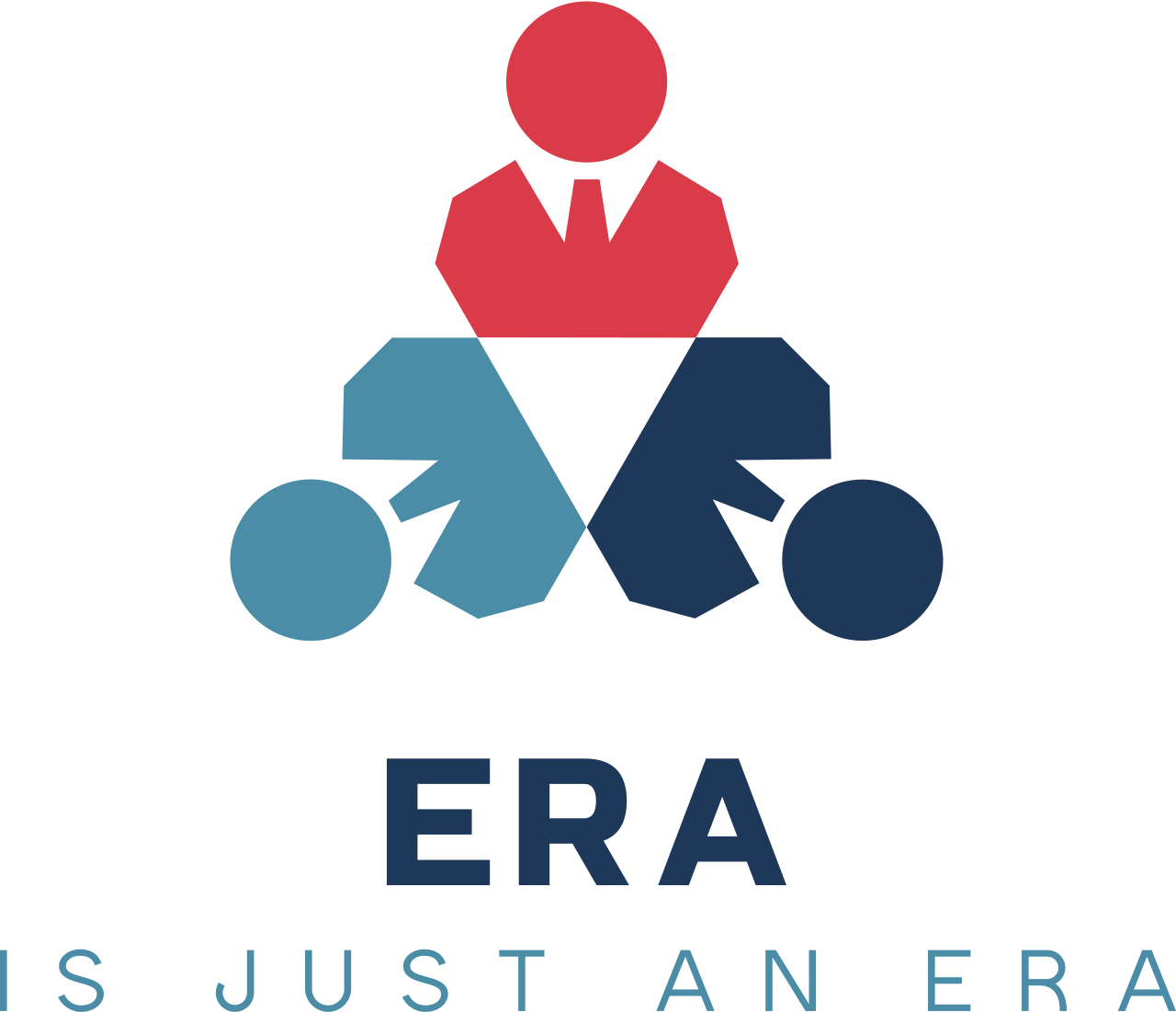Revolutionizing Work Models: Navigating the New Era of Hybrid Innovati
In what ways might the forced return-to-office policy influence women's labor force participation in the federal government and potentially widen gender disparities in both public and private sectors?
In today’s rapidly evolving work environment, innovative approaches to telecommuting and hybrid work reveal transformative opportunities for businesses and employees alike. Researchers are breaking new ground by developing sophisticated economic models that explore the intricate balance between remote and in-office work. These models factor in land allocation, sector-specific dynamics, and diverse labor types to capture the multifaceted implications of widespread telecommuting. One key insight is that firms can maximize profitability by intelligently dividing work time between home-based and office environments. This strategy not only reduces real estate costs but also harnesses the advantages of modern information and communication technologies, which continue to enhance operational efficiencies.Moreover, this innovative framework challenges conventional assumptions about work productivity. While savings on office space may seem beneficial, the models indicate that an over-reliance on remote work can dampen the productivity of skilled labor, particularly in urban areas where the value of real estate is a key economic driver. By incorporating real-time ICT advancements into these analyses, the models provide a dynamic view of how hybrid work arrangements can be optimized to balance cost savings with overall economic performance.In parallel, evolving research sheds light on how these shifts in work structure intersect with gender dynamics and work-life balance. Emerging studies reveal subtle differences in telecommuting preferences, especially among mid-career professionals juggling family responsibilities. Innovative policies that support flexible work arrangements have the potential to rectify long-standing gender disparities and create a more inclusive workplace culture. Additionally, the changing perception of flexible work—once marred by stigma—is now gaining traction as businesses recognize its vital role in employee retention and satisfaction.By reimagining corporate policies and harnessing new technological tools, organizations are paving the way for a more adaptive and equitable economic landscape. The integration of advanced analytical models and thoughtful work policies is not only a response to current challenges but also a proactive step toward a resilient future built on innovation and balance.
